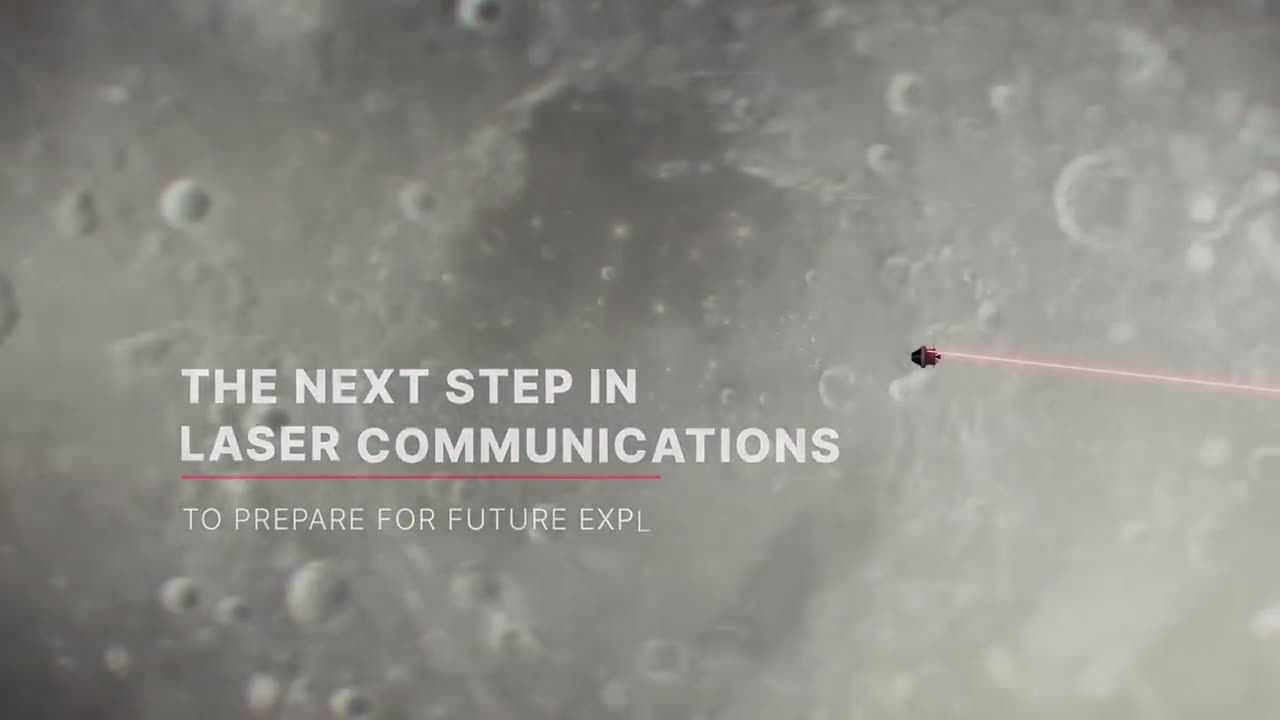Premium Only Content

Science Launching on SpaceX's 29th Cargo Resupply Mission to the Space Station
The 29th SpaceX commercial resupply services (CRS) mission for NASA carries scientific experiments and technology demonstrations, including studies of enhanced optical communications and measurement of atmospheric waves. The uncrewed SpaceX Dragon spacecraft is scheduled to launch to the International Space Station from the agency’s Kennedy Space Center in Florida no earlier than Nov. 5.
SpaceX's 29th Commercial Resupply Services (CRS) mission to the International Space Station (ISS) is scheduled to launch no earlier than November 5, 2023, from NASA's Kennedy Space Center in Florida. The uncrewed Dragon spacecraft will carry over 5,000 pounds of scientific experiments and technology demonstrations to the ISS.
Some of the science highlights on the mission include:
Enhanced Optical Communications (EOC): EOC is a new laser-based communications system that has the potential to revolutionize the way we communicate with spacecraft in orbit. EOC can transmit data at much higher rates than traditional radio-based systems, which could enable new scientific discoveries and applications.
Atmospheric Waves Experiment (AWE): AWE is an experiment to study atmospheric waves in the Earth's ionosphere. Ionospheric waves can play a role in disrupting communication and navigation signals, and understanding them better could help us to mitigate these disruptions.
Microgravity Combustion Science Experiment (MCS): MCS is an experiment to study how flames behave in microgravity. This research could help us to develop new fire safety technologies for spacecraft and other habitats in space.
Plant Habitat-04 (PH-04): PH-04 is a plant growth chamber that will be used to study how plants grow and develop in microgravity. This research could help us to develop new ways to grow food in space for long-duration missions.
Rodent Research-1 (RR-1): RR-1 is an experiment to study the effects of long-duration microgravity on rodents. This research could help us to better understand the risks of space travel on human health and develop countermeasures to mitigate these risks.
In addition to these experiments, the CRS-29 mission will also carry a number of other science payloads, including student experiments from Canada and the United States.
The science on the CRS-29 mission will help us to better understand our planet, the universe around us, and the potential for human life and exploration in space.
science
space exploration
International Space Station
SpaceX
CRS-29
microgravity
enhanced optical communications
atmospheric waves
combustion
plant growth
rodent research
-
 25:47
25:47
Robbi On The Record
2 days ago $6.38 earnedExposing the OnlyFans Industry (Agency Edition)
36K12 -
 12:15:31
12:15:31
Dr Disrespect
17 hours ago🔴LIVE - DR DISRESPECT - BATTLEFIELD 6 - REDSEC LAUNCH - BATTLE ROYALE
199K24 -
 38:15
38:15
Scammer Payback
10 hours agoThe People's Call Center 2025
27.8K6 -
 50:10
50:10
Sarah Westall
5 hours agoARPA-H and the Weaponized Architecture for Total Dominance & Surveillance w/ Alix Mayer
33.1K7 -
 LIVE
LIVE
SpartakusLIVE
17 hours agoREDSEC BATTLE ROYALE || Battlefield 6 w/ The Boys
329 watching -

DLDAfterDark
5 hours agoDLD Live! The Return of Red Dawn - Glock "V" Talk - Sighting In Your Optics & Sights
11K2 -
 33:50
33:50
Producer Michael
11 hours agoInside a FORTRESS Containing $2BILLION in Gold and Silver!
17.7K5 -
 1:31:17
1:31:17
Anthony Rogers
1 day agoEpisode 388 – Gabi Garcia
8.9K3 -
 1:40:18
1:40:18
AlaskanBallistics
5 hours ago $0.01 earnedI Love this Gun Podcast #70
10.5K2 -
 59:12
59:12
BonginoReport
9 hours agoDon Lemon calls Megyn Kelly chopped, unc and TRANS?! - Nightly Scroll w/ Hayley Caronia (Ep.165)
125K61